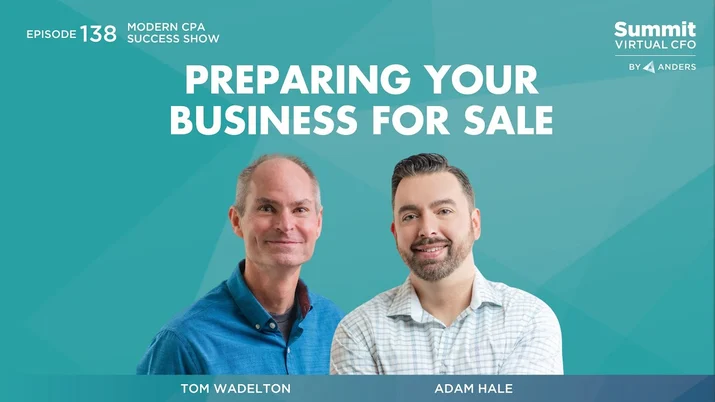First, a Primer: What Is a Subscription-Based Model?
Many forward-thinking CPA firms are moving away from traditional pricing strategies and instead are adopting subscription-based pricing. This pricing strategy has distinct cashflow benefits for a CPA firm, but your success with subscription-based pricing largely depends on your mindset. Just because your clients pay you monthly doesn’t mean you’ve effectively launched a subscription-based model. In a recent podcast interview with Ron Baker he shared his innovative ideas around this. He suggests that, instead, the subscription model for CPA firms needs to focus on two big ideas: the relationship and transformations.
It’s easy to assume that subscription-based models are a modern invention. After all, they seem to completely dominate the market right now. Almost every company in every industry, from toys to food to software all offer subscriptions. But, as venture capitalist Ajay Jain points out in a LinkedIn on the early history of the subscription model, this payment scheme can be traced back to the 1600s.
In simple terms, a subscription-based model relies on an individual paying a set price on a recurring interval in exchange for a continuing service or product. This is beneficial for both parties involved:
- The subscriber can count on repeating value without having to sign additional contracts of service or go through the rigmarole of shopping for a product or service repeatedly
- The seller can count on the regular and predictable cash flow (assuming the subscriber continues with the service, of course).
For CPA firms, this is often a win. But for this service to really be effective, CPA firms need to think beyond the transaction. A subscription-based model is not the end game. It’s a means to an end. That end is creating a strong and functional relationship with the client, and adding lasting value through positive and impactful transformations of that client’s business. The subscription-based model for CPA firms streamlines both of these.
Redefining the Relationship with a Subscription
Let’s focus on the relationship aspect of a subscription-based model. To help you understand why the subscription model changes the relationship, we’ll present a real-life scenario: Synsam, a leading Scandinavian eyeglass company that reinvented itself into a lifestyle brand built on a subscription model.
When the company was acquired by CVC Capital Partners, it decided to upend its traditional approach and transformed into a subscription-based eyewear company. Many in its industry were skeptical and claimed this approach would not work. Yet Synsam’s idea was this: people are not subscribing to eyeglasses; they’re subscribing to perfect eyesight. What’s more, they were paying for the lifestyle that comes with perfect and fashionable eyesight.
Effectively, the subscription model means your engagement with a client is no longer about the scope of services. For Synsam, that meant offering additional value, including mixing and matching eyeglasses and lenses and providing eye exams.
For a CPA firm, the subscription goes beyond a simple exchange of services; it’s now about access to your expertise and the added value that brings to that client’s business. To that end, with a subscription-based model, you’re not pricing on the services; you’re pricing based on the value a client gets by having a relationship with you.
A Subscription to Transformation
The other side of this is in the transformation. We’ll stick with the Synsam example since you’re already familiar with it.
With a subscription-based, lifestyle eyewear brand, what were people paying for? Not just eyeglasses. Again, they were paying for perfect eyesight as a lifestyle. When you change someone’s lifestyle, you change their relationship with the product they’re buying. At that point, it’s not just about an exchange of goods or services for money. There’s no scope of work involved. Instead, the buyer is paying for transformation.
Now, translate that to a subscription model for CPA firms. What are they paying you for? Payroll? Accounts payable or receivable? Tax returns? Yes. And not really. That’s what they’re getting as part of the service. But that’s not why they’re paying you money within a subscription-based model.
They’re paying for a transformation.
They’re paying you to guide them from where they are to some desired future state. That means each individual piece of the service you provide is just a means to an end.
For CPA Firms, Subscriptions Means Access to Change, Not Just Services
Bringing this together, there are two takeaways:
- Access to the relationship and transformation you can bring to a client is where your value is.
- If you don’t have anything unique or valuable to bring on that end, you’re not going to command the type of prices you want.
The customer is paying for the peace of mind of knowing you’ll help them overcome key business challenges. They’re paying for the convenience of access to your skills. They’re paying for a frictionless relationship with you. Once you reorient your understanding around that, you’ll be able to create a far better subscription model and get the results you want the most of this type of payment structure.
Interested in learning more? Check out Episode 96 of the Modern CPA Success Show, featuring best-selling author Ron Baker.




